At the heart of every great children’s book is the power to shape identity, spark empathy, and celebrate belonging. That’s exactly what Sarina Marzbani, founder of the nonprofit Read and Write to Unite, is on a mission to do. As an Iranian-American reader who grew up not seeing herself reflected in books, Sarina turned that invisibility into advocacy—creating a movement to center MENASA (Middle Eastern, North African, South Asian) stories and voices in elementary classrooms.
Through book donations, student writing opportunities, and a growing collection of inclusive titles, Read and Write to Unite is helping young readers find themselves, and each other, on the page. We had the joy of sitting down with Sarina to learn more about her journey, her vision, and how all of us in the children’s literature space can help unite the next generation through reading and writing.
Let’s chat with Sarina!
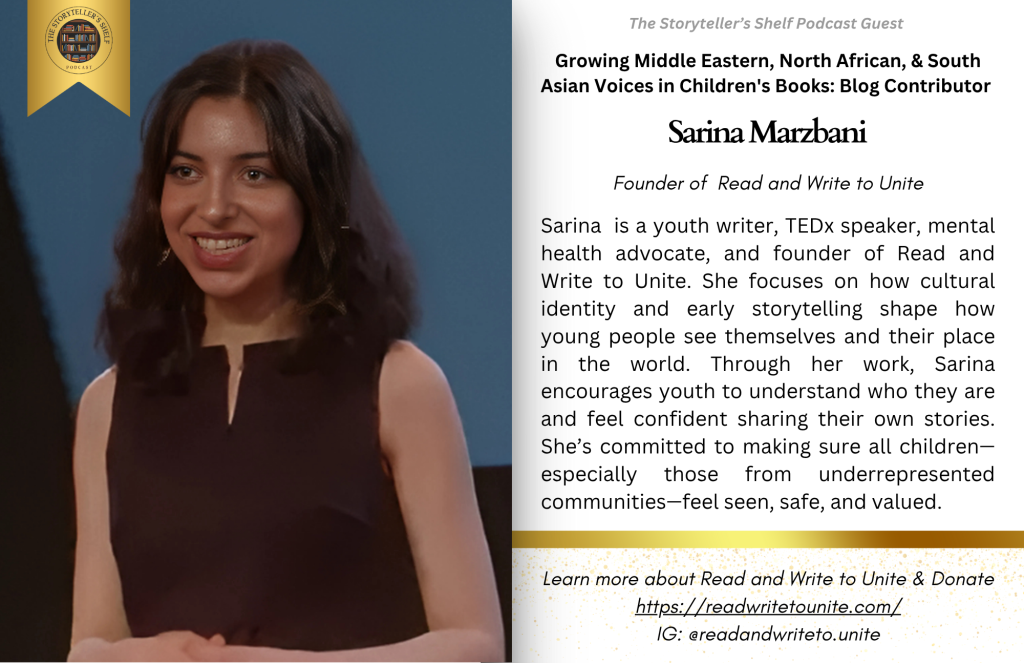
Q: What inspired you to launch Read and Write to Unite, and how did your personal experience as an Iranian-American reader shape your mission?
SM: Growing up, I never saw characters like myself in the books I read or in the shows and movies I watched. Either they simply did not exist or were based on negative stereotypes. I remember feeling unimportant and ashamed, not to mention worried that others believed the false portrayals of my community.
Now that I am older, I am determined to change the narrative, and that is how Read and Write to Unite came to be! The goal of my nonprofit is to ensure young children have access to books with accurate and positive representations of the MENASA community. My strong desire to ensure young children who look like me do not feel how I felt has served as the core of my mission to elevate children’s stories featuring MENASA culture and people since day one.
Q: Why do you believe it’s especially important to introduce MENASA representation in children’s literature at the elementary school level?
SM: Research has shown that children’s perceptions of themselves and others begin in infancy and that toddlers already use racial differences to form judgements. A 2024 Parents article reports that by 7 to 8 years of age, children become more understanding of the idea that people can share both differences and similarities; unfortunately, this is also the age children are exposed to racial injustices and stereotypes in the media. It is during these critical elementary school years when perceptions are shaped and reading skills develop that I believe is ideal for introducing MENASA (and all marginalized communities) representation in children’s literature. The books I have selected not only educate, but also are a perfect tool to empower and explore diversity, differences, and issues of racism, like stereotypes, in a child-friendly way.
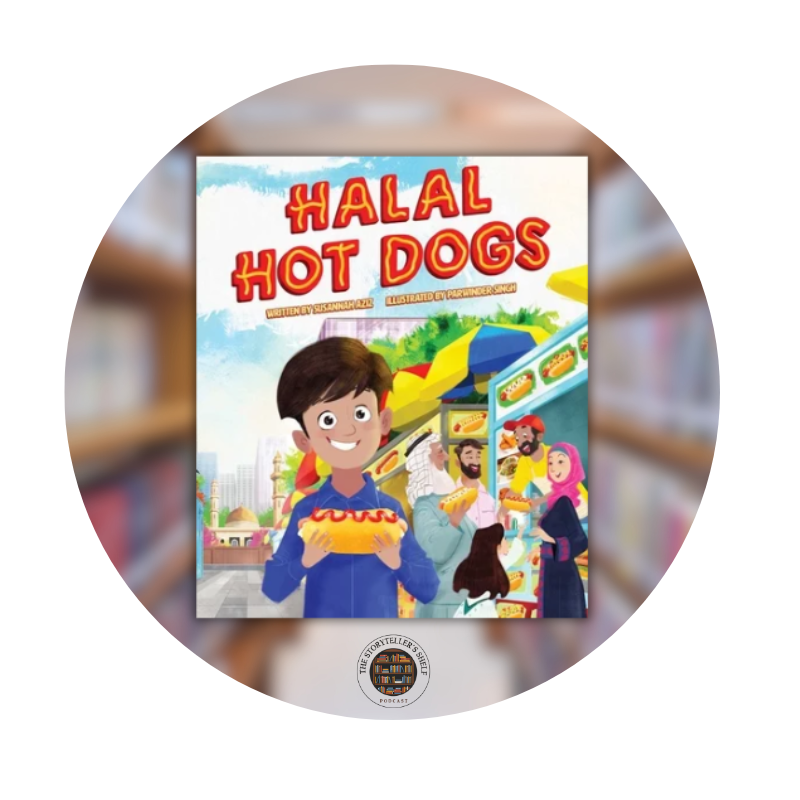
Q: Can you tell us about the moment you realized stories could be both empowering and marginalizing for children of color?
SM: That moment came when I was reading to a classroom of first graders. I had chosen a book with a main character of MENASA descent navigating the ups and downs of second grade. After I finished reading, one of the students came up to me and said, “She looks like me.”
She looked surprised, and it made me realize just how rare that moment was for her and so many other children of color. That interaction changed everything for me. It showed me that stories are powerful, but that power can go both ways. When a child sees themselves positively reflected, it is empowering. But when they never see themselves, or only see negative stereotypes, like I did, it sends a quiet message that they don’t belong. When children only see their cultural or ethnic identity portrayed negatively, they may begin to internalize those negative messages about who they are, impacting their self-esteem and socio-emotional well-being. No child deserves that, so that’s why I want to make sure every child feels seen and valued in the stories they grow up with.
Q: Your nonprofit focuses on positive and accurate portrayals of MENASA communities. What are some common stereotypes you hope to challenge through children’s literature?
SM: There are a lot of harmful patterns in how MENASA communities are portrayed in children’s books. Too often, our cultures are framed through conflict, trauma, or struggle. Characters are placed into tropes: the overly strict parent, the oppressed girl, the “foreign” child who does not fit in. These kinds of portrayals not only misrepresent us, but they also reinforce a sense of distance and otherness, especially for young readers who are still forming their identities.
With Read and Write to Unite, I’m working to change that. My goal is to highlight stories that show MENASA kids as full, dynamic people with joy, humor, ambition, and everyday experiences that reflect who they really are. Books should normalize our presence in classrooms, friendships, and society. I am so happy that the books I feature do just that!
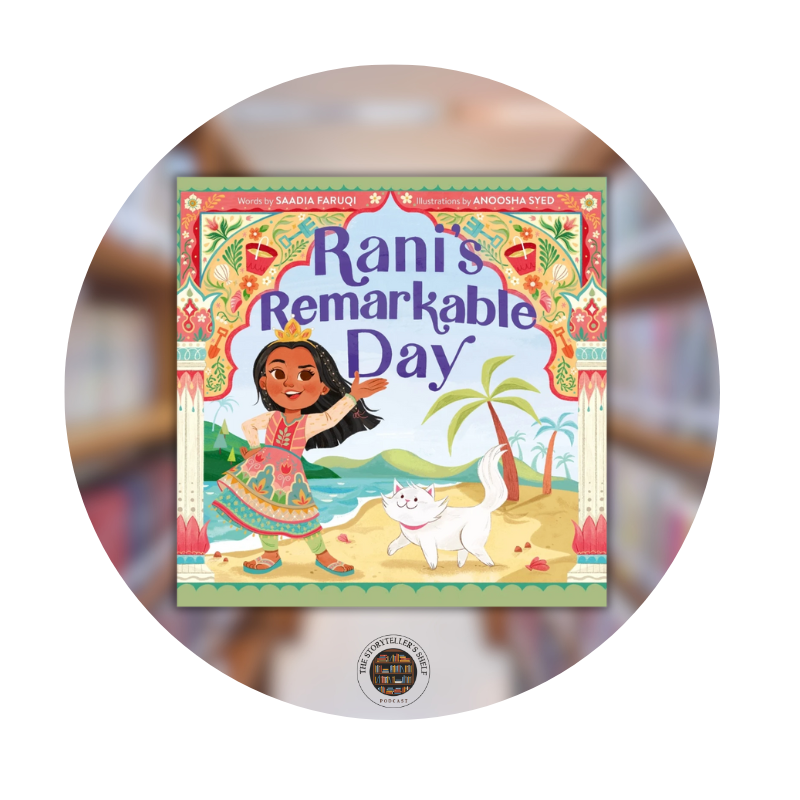
Q: What impact do you hope these books will have on both MENASA children and their peers from other cultural backgrounds?
SM: Reading provides values that are essential for the development of a child’s character; they learn how to treat themselves and others from the stories they read. This is why it is crucial that they read literature with an equal and fair representation of everyone; the books I feature on the website and donate to schools do exactly that. Whether it is a nonfiction piece about a role model or a fictional story, I want MENASA children to read about a person whom they can identify with, such as someone who looks like them or shares the same experiences. I hope this increases their confidence and self-worth, gives a sense of pride, and empowers them. I want to ensure children of other cultures read accurate and positive stories about characters, ideas, and experiences different from their own (hopefully they will see how they are more similar than different), thereby teaching them empathy and encouraging tolerance and acceptance.
Q: Are there particular stories or authors that you believe are doing an outstanding job representing the MENASA experience in a positive light?
SM: Absolutely. Books like Always Anjali by Sheetal Sheth and Anisa’s International Day by Reem Faruqi stand out because they capture what it means to grow up juggling cultures—navigating pride and pressure at the same time. They reflect real emotional experiences, like feeling out of place or learning to own your name and background. Authors like Saadia Faruqi, Firoozeh Dumas, and Amandeep Kochar create characters who feel familiar to any kid figuring out who they are. Their stories–and the many others that I am so excited to share–show how identity lives in the everyday. That kind of representation reminds kids they don’t have to choose between fitting in and being themselves.

Q: You invite K-6 students to share their own stories through the Write a Story program. What has the response been like so far, and why is this youth authorship component so important?
SM: The response has been inspiring! Kids are excited to write once they know their stories matter. Many of them have not been asked to write about their families, cultures, or real feelings before; once they realize they can, it’s like something unlocks. Youth authorship is at the heart of Read and Write to Unite because representation should not just be something given to kids—it should come from them. Writing gives them control of the narrative, which is incredibly powerful, especially for students who rarely get that chance. Their voices are valid, and when we give them platforms to express themselves, it also builds their confidence and a stronger sense of belonging.
Q: How do you support children who may be nervous or unsure about writing their own stories, especially those from underrepresented communities?
SM: I start by reminding them that their stories do not have to look like anyone else’s. They can write about their favorite foods, family traditions, the language they speak at home—anything that feels real to them. Read and Write to Unite offers a safe, judgment-free space. A lot of students carry the belief that their experiences “are not like the others,” or “interesting enough” to write about. But once they see how others respond to their words with curiosity and care, it builds confidence. Encouraging kids to trust their voices is one of the most important parts of this work.
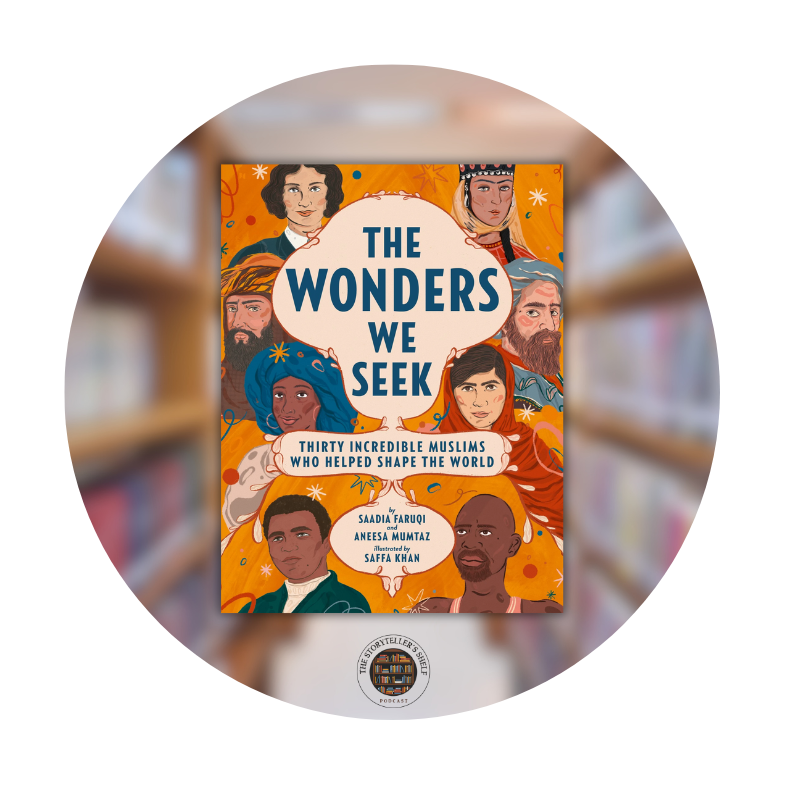
Q: Tell us about your book donation efforts. How can educators, librarians, and schools get involved with receiving or supporting your donations?
SM: I donate curated children’s books that feature positive and accurate MENASA representation directly to K–3 classrooms, and the support we’ve received from publishers like Paw Prints, Lee and Low, and Scholastic and authors has been incredible. Educators and librarians can reach out through the website to request books for their classrooms, and I am always looking to expand into new schools. I hope to make these stories as accessible as possible—not just sitting on shelves, but actively read and talked about. I also welcome support in the form of donations or partnerships to help us grow Read and Write to Unite’s reach! Every classroom deserves books that reflect its students and introduce them to the lives of others in respectful, engaging ways.
Q: What advice would you give to elementary educators and librarians who want to diversify their classroom or school library collections but don’t know where to start?
Start by listening to your students, to your community, and to voices that have been historically overlooked in publishing. Look for stories that center joy and complexity, not just trauma or hardship. Diversifying your library means creating a space where every child can find something that resonates; Read and Write to Unite offers curated lists to make this process easier!. Do not be afraid to ask questions, make changes, and most importantly, keep learning alongside your students.
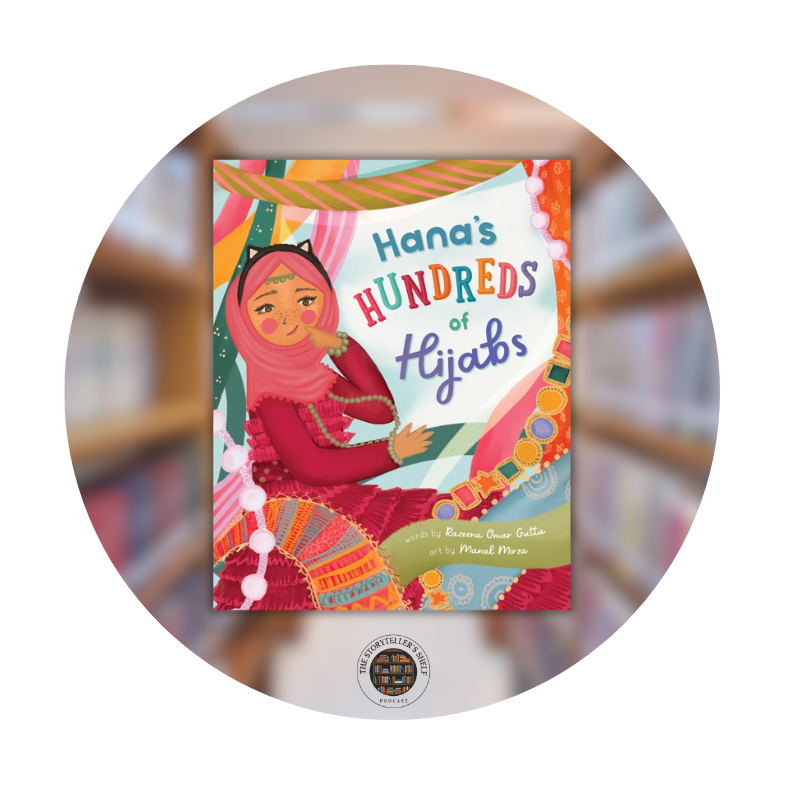
Q: Looking forward, how do you envision Read and Write to Unite growing in the next few years? Are there any upcoming projects or goals you’re excited about?
SM: I am hoping to expand the book donation program to reach schools nationally to impact more students. I would also love to provide educators with more support materials, such as discussion guides and writing prompts, that help them connect with students more deeply. Above all, I want kids to feel seen and accepted in their classrooms and beyond. That is always going to be the foundation of everything Read and Write to Unite does.
Q: What message would you like to share with fellow children’s book advocates, authors, and illustrators who want to support accurate MENASA representation in their work?
SM: Tell the truth, but tell it with care. That means doing your research, listening to the communities you are writing about, and remembering that cultural nuance matters. Children deserve stories that honor the depth of their backgrounds. Don’t just include MENASA characters; instead, center them. Show them being silly, brave, shy, curious, complex. Create stories that help them feel proud and identify with. That is the kind of representation that lasts.
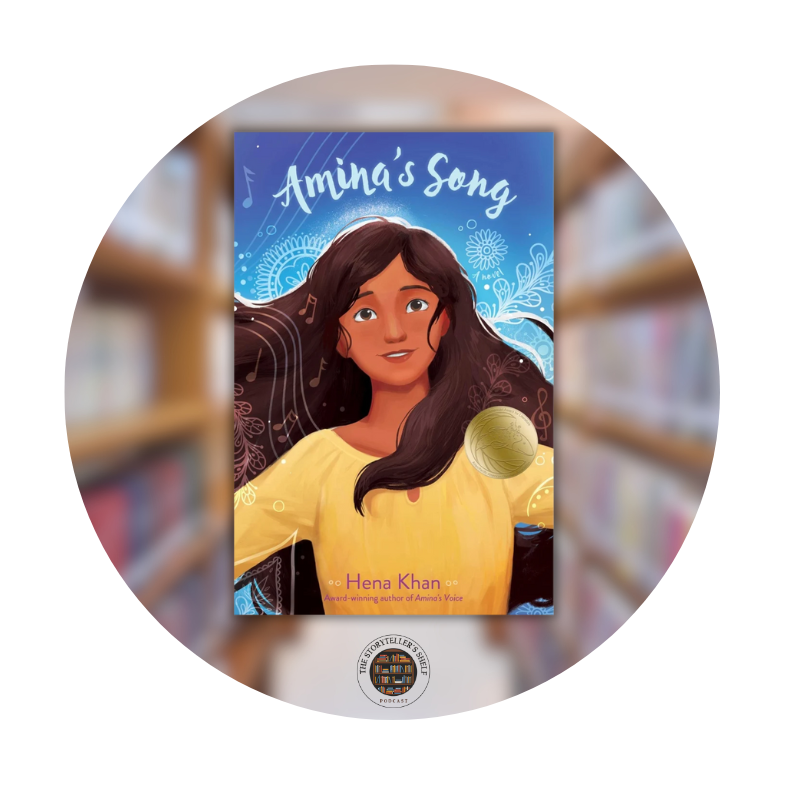
Q: If you could recommend just one book from your curated list to every elementary classroom, which would it be and why?
SM: One of the many wonderful books would be Same, Same but Different by Jenny Sue Kostecki-Shaw. It’s simple on the surface—two boys from different countries exchanging letters—but what it does so beautifully is show how connection doesn’t require sameness. Kids see that even when our houses, foods, or languages are different, the things we care about, like friendship, imagination, and family, are shared. For a child navigating multiple identities or feeling like an outsider, this story says, “You belong, too.” That kind of reassurance sticks. It helps build the kind of self-acceptance that starts early and stays with you.
Q: How can people get involved with you and your mission?
There are a few ways to support Read and Write to Unite. Educators and librarians can visit the website to request book donations for their K–3 classrooms, browse curated lists of MENASA stories, or bring the “Write a Story” program into their classrooms to help students start writing about their own experiences. It is a direct way to make sure more kids are seeing themselves in what they read and write.
Community members can get involved by donating on the website, sharing the organization’s work with local schools, or even just recommending inclusive stories to the young readers in their lives. I also love connecting with authors, illustrators, and advocates who are passionate about accurate representation and want to be part of this work.
And of course, Read and Write to Unite is on social media too—sharing student stories, book picks, and updates on what we are doing next. Whether it is reading, writing, donating, or just spreading the word, every small action helps build something bigger!

Sarina Marzbani’s work reminds us that every child deserves to see themselves in a story—and to be the author of their own. Read and Write to Unite isn’t just about representation; it’s about connection, compassion, and the belief that books can be a bridge toward a better future. Whether you’re a librarian curating your shelves, a teacher planning your next read-aloud, or a writer crafting characters that reflect the world, Sarina’s message is clear: inclusion is not an option—it’s essential. We invite you to explore her nonprofit’s work, amplify diverse stories, and most importantly, help children read and write their way to a more united world.

